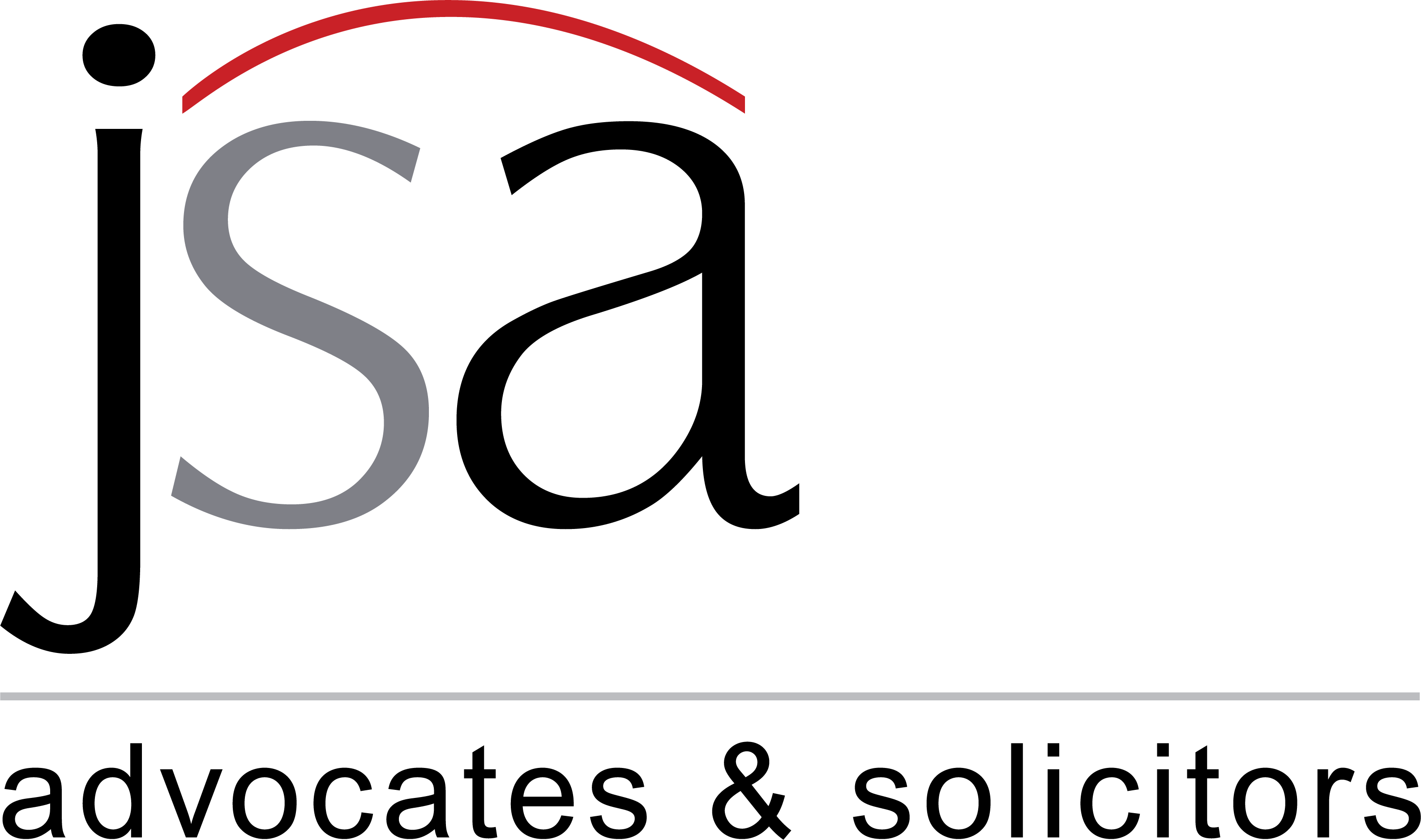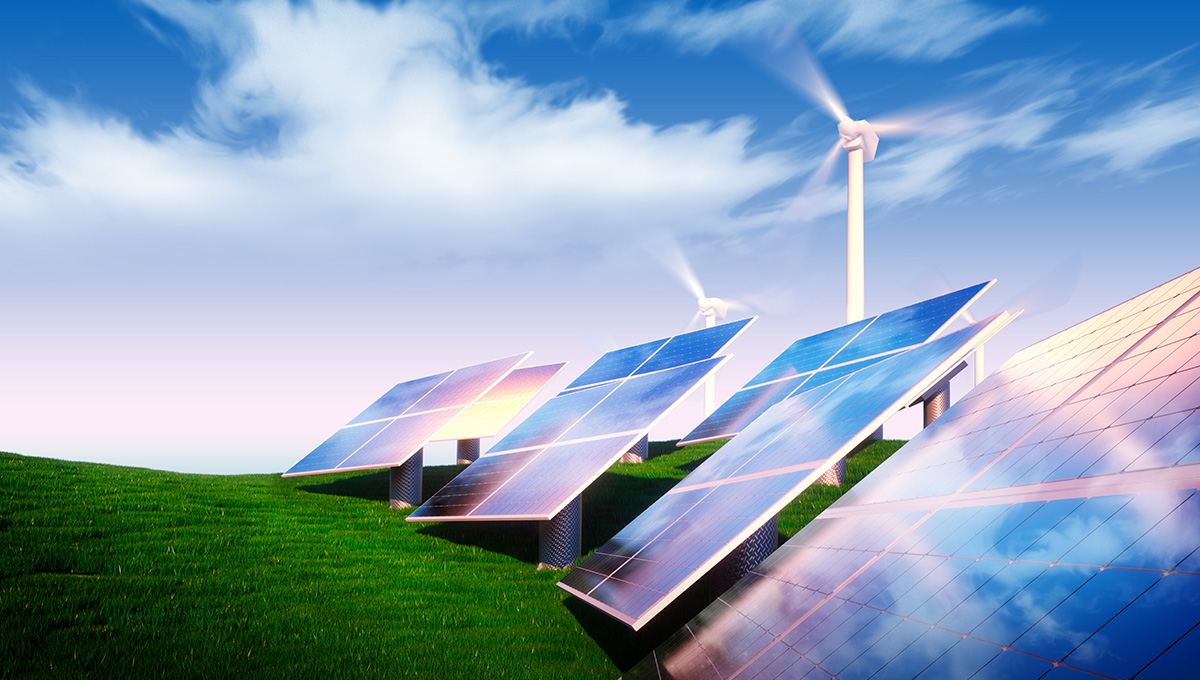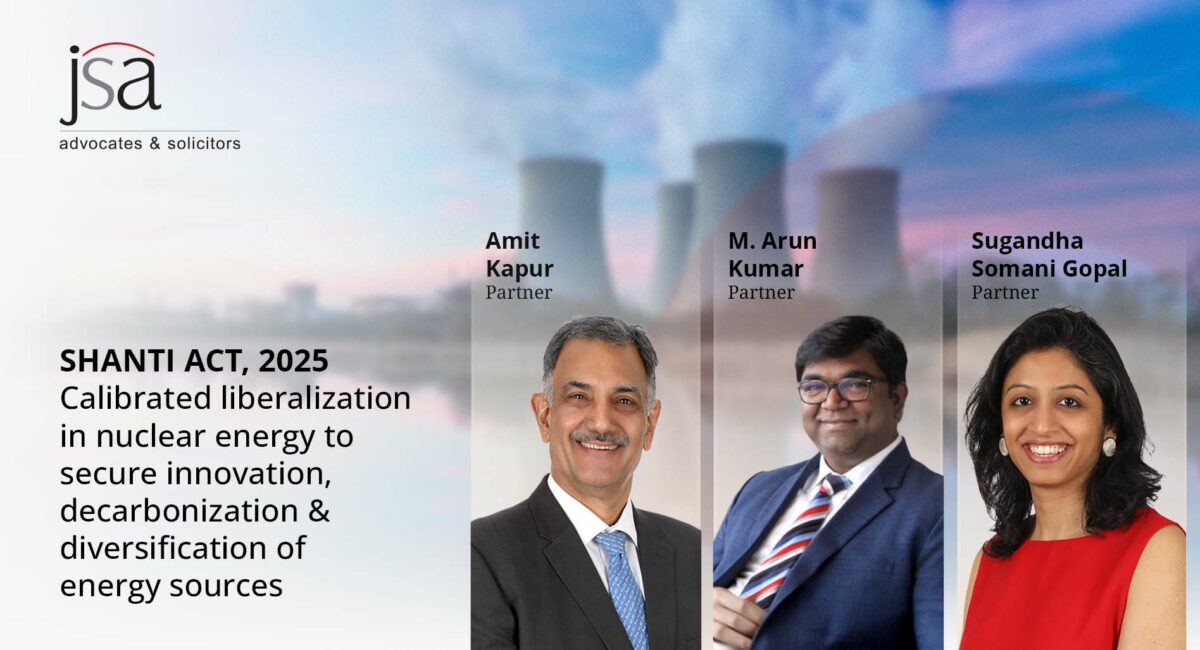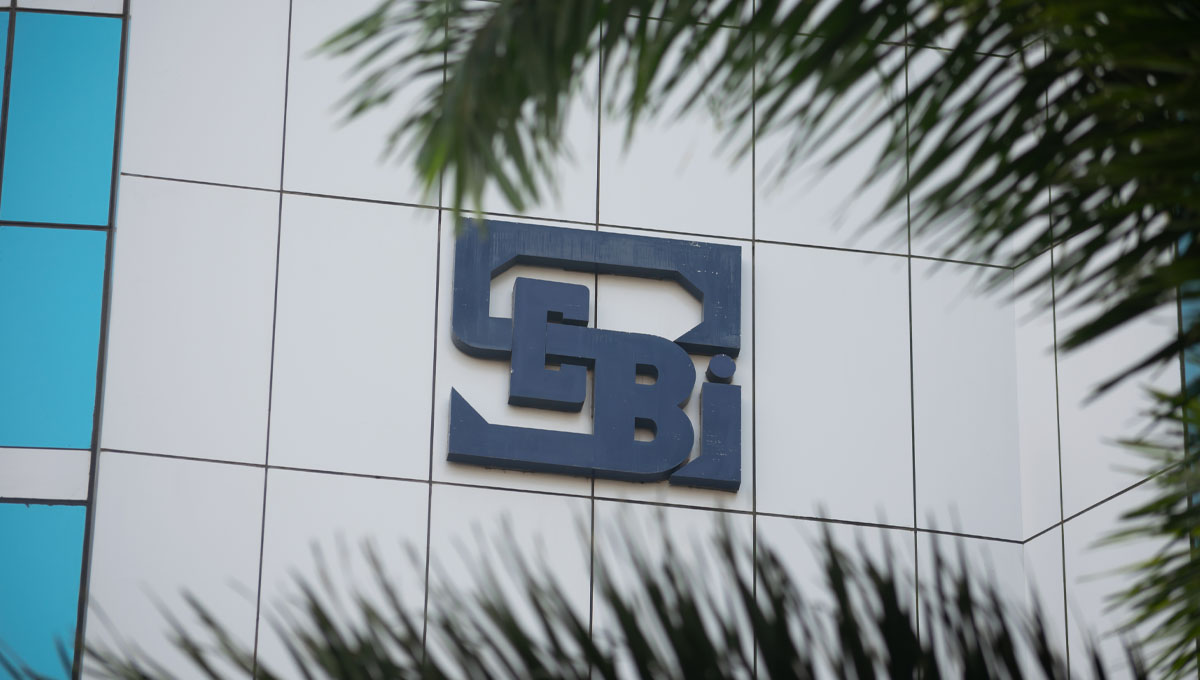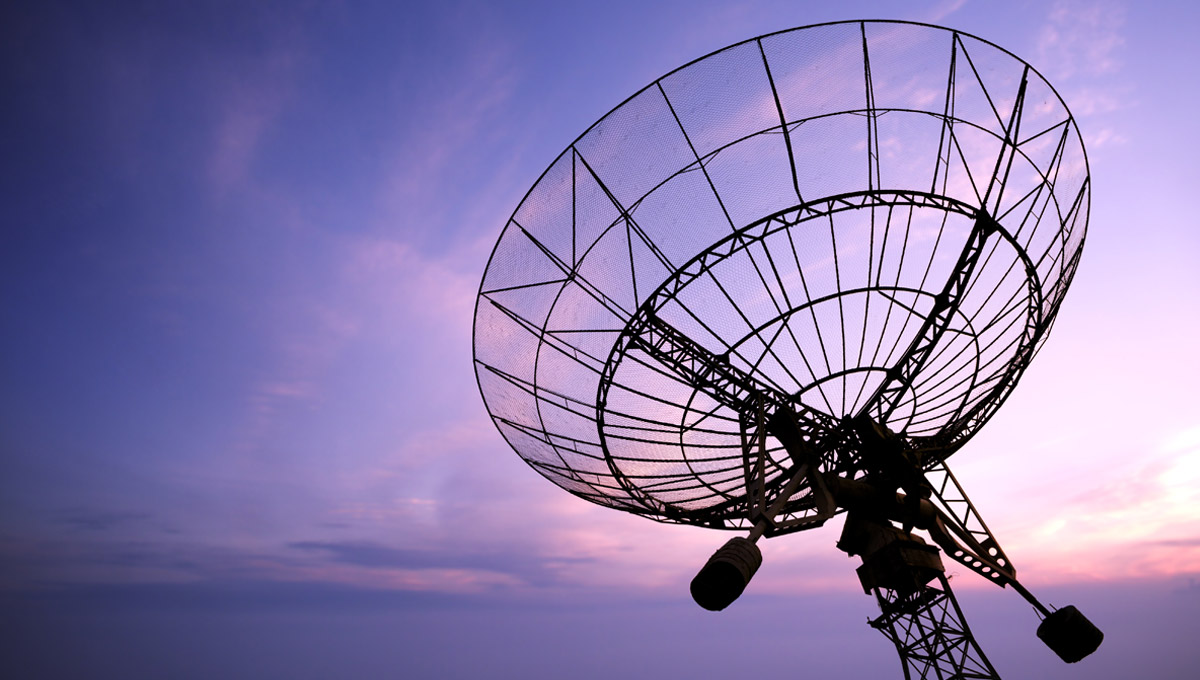Please click here to download the Prism as a PDF.
Environment rules amended: Revised legal framework for sulphur dioxide emission by thermal power plants
On July 11, 2025, the Ministry of Environment, Forest and Climate Change (“MoEFCC”) notified the Environment (Protection) Fourth Amendment Rules, 2025 (“Fourth Amendment Rules”). The Environment (Protection) Rules, 1986 (“Principal Rules”) have been amended from time to time by the MoEFCC to prescribe revised timelines for thermal power plants to comply with the emission standards for pollutants pertaining to sulphur dioxide which were originally notified by the Central Government by its notification dated December 7, 2015. The Fourth Amendment Rules prescribes revised timelines for compliance by thermal power plants in a graded manner.
Significant changes under the Fourth Amendment Rules
- Category ‘C’ thermal power plants are exempt from complying with sulphur dioxide emission standards so long as such Category ‘C’ plants adhere to the stack height requirements prescribed by the notification dated August 30, 1990 and ensure such compliance by December 31, 2029.
- Levy of environment compensation on non-compliant thermal power plants starting with INR 0.20/unit and increasing to INR 0.40/unit for non-compliance for a period of 366 (three hundred and sixty-six) days and beyond.
- The Central Pollution Control Board (“CPCB”) had issued phase-wise timelines to 189 (one hundred and eighty-nine) thermal power plants in the country aggregating to approx. 166.7 GW (one hundred and sixty-six point seven gigawatt) of the installed thermal capacity to comply with the revised emission norms prescribed by MoEFCC notification dated December 7, 2015 (“2015 Notification”). This entailed an approx. expenditure of INR 80,000 crore (Indian Rupees eighty thousand crore) which is only the base cost of Flue Gas Desulphurisation (“FGD”) system and excludes soft cost such as Interest during Construction (IDC), taxes and duties, Foreign Exchange Rate Variation, expenditure towards project management and engineering services and pre-operative expenses, which is to be allowed at actuals after commissioning of the FGD system.
- In response to multiple representations from stakeholders and due to supply chain delays, the timelines stipulated under the 2015 Notification have been periodically revised, with the most recent extension provided by MoEFCC, vide its notification dated December 30, 2024 (“2024 Notification”). The timelines were extended as follows:-
- category A: up to December 31, 2027 (initially it was December 31, 2024);
- category B: up to December 31, 2028 (initially it was December 31, 2025); and
- category C: up to December 31, 2029 (initially it was December 31, 2026).
- Following the revision of timelines under the 2024 Notification, MoEFCC received multiple representations seeking exemptions or relaxations in timelines of these emission standards. These representations were due to limited availability of technology providers, techno-economic feasibility, negative impact of COVID19 pandemic on supply chain, price escalation due to high demand and low supplies, low concentration of sulphur dioxide in ambient air and heavy burden on consumers due to increase in electricity prices etc. Notably, the MoEFCC also acknowledged receiving a recommendation from the Ministry of Power in this regard.
- Thereafter, a committee was constituted in the CPCB to examine these issues in totality, assess the study reports and make a recommendation on applicability of the revised emission standard and the timelines. The Fourth Amendment Rules have been notified after taking into consideration the recommendation made in its Report by the CPCB.
- The monitoring of emission standards will now be monitored by a task force which will be constituted by the CPCB comprising of representatives from the MoEFCC, Ministry of Power, Central Electricity Authority and CPCB.
- The category wise classification of thermal power plants is provided below:-
| Category | Location/area |
| Category A | Within 10 km radius of National Capital Region or cities having million plus population |
| Category B | Within 10 km radius of Critically Polluted Areas or Non-attainment cities |
| Category C | Other than those included in Category A and B |
- The revised timelines for thermal power plants to comply with the emission standard norms for sulphur dioxide is provided below:-
| Category | Revised Timelines |
| Category A | December 31, 2027 |
| Category B | To be decided on a case to case basis by the Central Government based upon the recommendation of the Expert Appraisal Committee in charge of the thermal power projects constituted under the Environment Impact Assessment notification, 2006 as per the following procedure:-
a) in case environmental clearance has already been granted, such plants or units may opt for review of the applicability of sulphur dioxide standards provided that concerned project proponent applies for such review on the PARIVESH portal within 6 months from the date of issue of this notification. In case the sulphur dioxide standards are decided as applicable, the same will be effective from December 31, 2028 and in all other cases, the thermal power plant will comply with the stack height criteria by December 31, 2028 as notified vide notification[1] dated August 30, 1990 (“1990 Notification”); b) in the case of upcoming thermal power plants for which environmental clearance has not yet been granted, the applicability of sulphur dioxide standards and the effective date thereof will be as specified in environmental clearance granted to each such projects, following the procedure as laid down in Environment Impact Assessment notification, 2006 as amended from time to time. Where the sulphur dioxide standards are not made applicable, the thermal power plants will comply with the stack height criteria specified in the 1990 Notification; and c) these standards for sulphur dioxide emissions will be applicable with effect from December 31, 2028, in respect of all those plants or units which have not opted for review within the given timeframe as specified in para (a) above. |
| Category C | Sulphur dioxide emission standards will not be applicable to all Category C thermal power plants subject to ensuring compliance of stack height criteria specified under the 1990 Notification. The time lines for ensuring compliance of stack height criteria by the existing Category C Thermal Power Plants will be December 31, 2029. |
- Thermal power plants that are declared to retire before December 31, 2030 will be exempt from complying with the prescribed sulphur dioxide emission standards, provided an undertaking is submitted to the CPCB and the Central Electricity Authority seeking exemption on the ground of proposed retirement of such plant. However, if any such plants continue to operate beyond December 31, 2030, environment compensation at the rate of INR 0.40/unit will be levied on the electricity generated.
- The Central Government may on the recommendation of the CPCB, by an order grant extension of timelines to thermal power plants from compliance of sulphur dioxide emission standards.
- Environment compensation will be levied on non-retiring and non-compliant thermal power plants after the revised timelines for compliance as follows:-
| Non-compliant operation beyond the timeline | Environment compensation (INR per unit of electricity generated) |
| 0 – 180 days | 0.20 |
| 181 – 365 days | 0.30 |
| 366 days and beyond | 0.40 |
Conclusion
Since the issuance of the 2015 Notification by MoEFCC, the thermal power plants in the country have been battling before various regulators, the Appellate Tribunal for Electricity and Supreme Court due to the huge capital expenditure involved in complying with the revised emission standards and the resultant compensation claims in terms of their respective power purchase agreements. Interestingly, the question of whether the 2015 Notification is a change in law event necessitating compensation to thermal power plants due to compliance with the revised emission standards for both Section 62 (cost-plus) and Section 63 (competitively bid out) projects is pending before the Supreme Court.
The Fourth Amendment Rules provide much needed clarity insofar as the Category ‘C’ thermal power plants are concerned which have now been exempted from complying with the sulphur dioxide emission standards so long as such Category ‘C’ plants adhere to the stack height requirements specified under the 1990 Notification and ensure such compliance by December 31, 2029.
This Prism has been prepared by:
|
Amit Kapur |
Akshat Jain |
For more details, please contact [email protected].
[1] Notification number GSR 742 (E)
